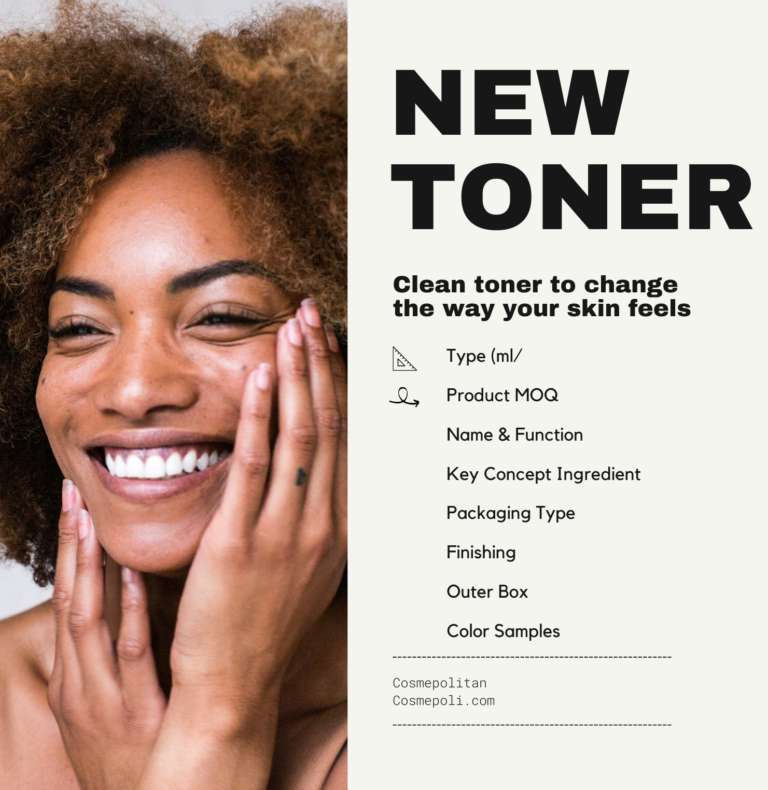

When clients decide to manufacture a beauty product, overall cost becomes a concern.
They ask, “how much will the budget be to create this cleanser?”
Our response goes “well… it depends. Are you looking to create something similar to a Neutrogena cleanser or a Chanel one?”
The price range varies immensely based on the product concept. Therefore, a good place to start is understanding your budget and the type of product you wish to create, along with the price you want to sell it for.
Let’s further dive into the price & cost of a beauty product with this post.

Clients new to creating their own products, often presume that once the concept is decided, the cost will be calculated, and products are ready at the drop of a hat. However, it simply does not work that way.
Manufacturing costs alter based on a variety of factors: ingredient, quality, design, and packaging options altogether. Therefore, to set a budget for your new product, the first step would be to outline the product concept thoroughly.
Imagine that you are building a house from scratch. Do you want to live in a two-bedroom apartment in Brooklyn or a beach villa in Bali? How many will reside with you and how many bathrooms would you need? What is the interior design going to be like? Depending on your answer, your budget will change.
The same goes for beauty products.
We customize, refine, and develop based on your needs or budget; hence requesting an approximate price range for a “cute, clean, and vegan serum that works!” will not get you an answer.
Now that you know the preliminary step to product cost is outlining the product concept in detail, we should look at some components that affect your product cost to consider during this step.
1. Product Benefits and Ingredients.
The overall cost of the product changes based on the ingredients, but also the % of each ingredient.
Our clients often ask if they can use a higher concentration of presumed ‘good’ ingredients. This will not only affect the cost, but you also need to think about the result this decision may bring. You need to consider the price of the ingredients themselves, and also the product’s stability. Texture, scent, and viscosity plays a key role here as well.
2. Product Packaging and Design.
The product’s packaging and container design is based on the client’s demand. Determining the quality, container type, material, and finishing will make up the final cost.
You may wonder “can I use a customized container for my brand?”. The answer is YES! However, if you want to create a new container design unique to your brand or product, you would have to develop a new mold which will add to the development cost.
It may be frustrating at times to communicate your design ideas verbally. Therefore, it helps to think about a product (not necessarily a beauty product!) that is already available in the market to help visualize what you want with you packaging. Then you will need to think about the details such as colors, materials, textures, or printing styles.
Additionally, colors are one of the most sensitive element to the design itself. To ensure you achieve the color that you want, it is compulsory to deliver a physical colored sample to match. The same color code looks different on print and also on different materials, so the manufacturer would need the physical sample to reference.

3. Additional Cost During Production.
Other than the product itself, development costs for your packaging and container, QC (quality control), delivery, shipping packaging, and import/export fees all add up to the final budget.
Cost is one of the core factors in any business. Now that you know what goes behind “cost”. These components are worth examining to ensure that the total cost is reasonable for your business.